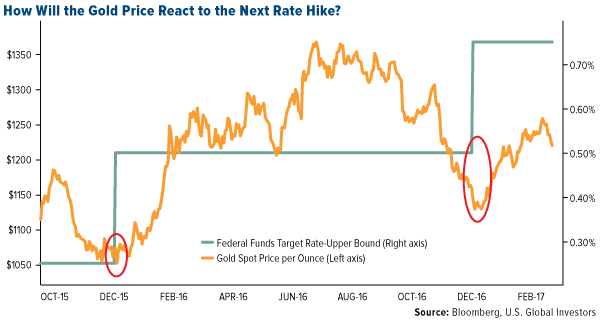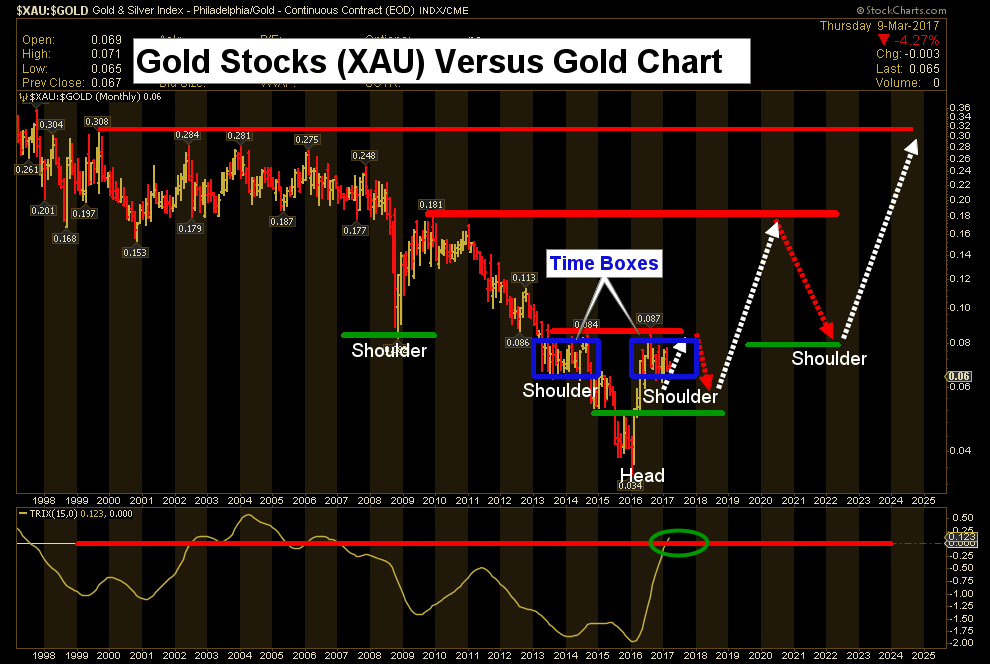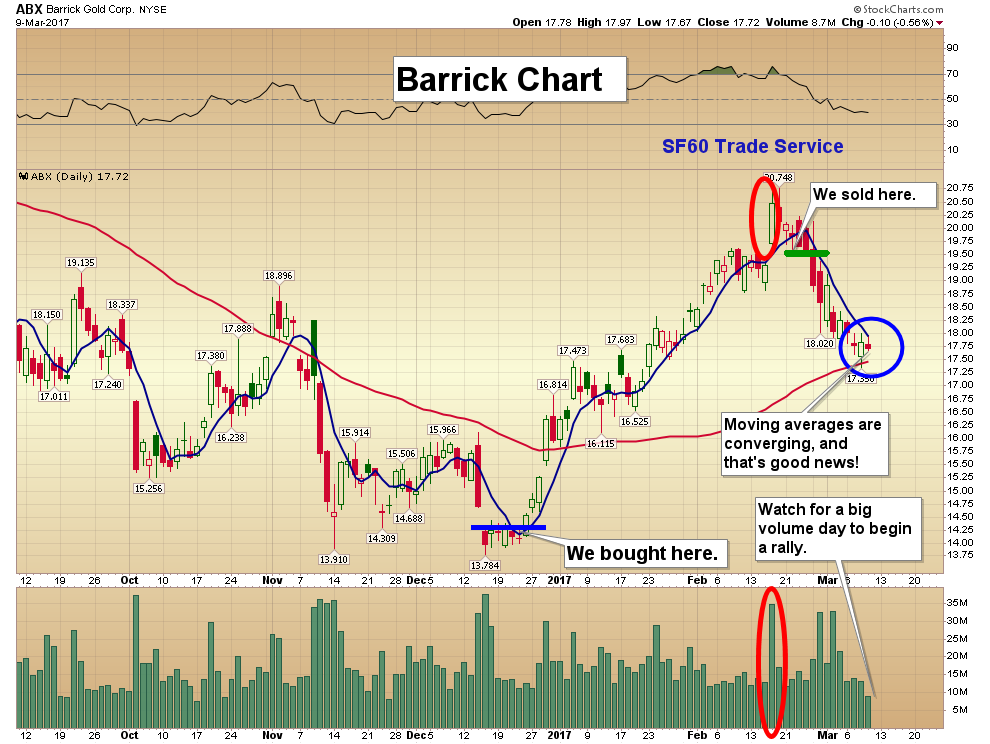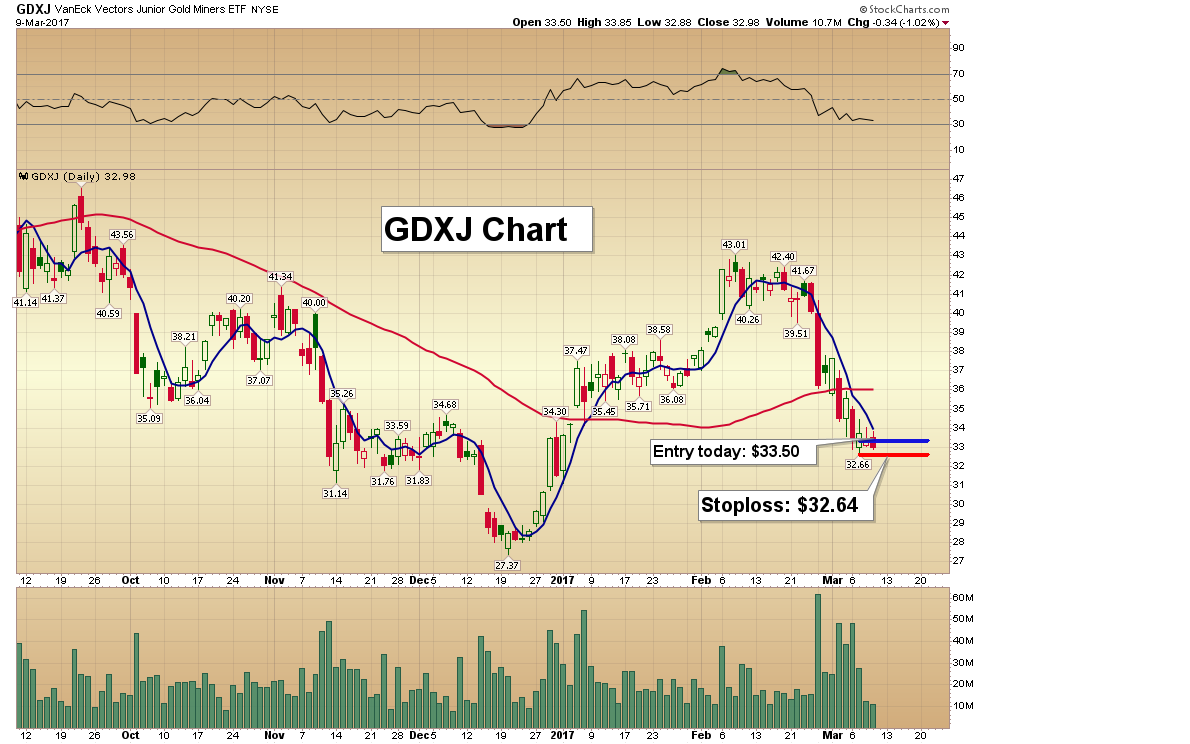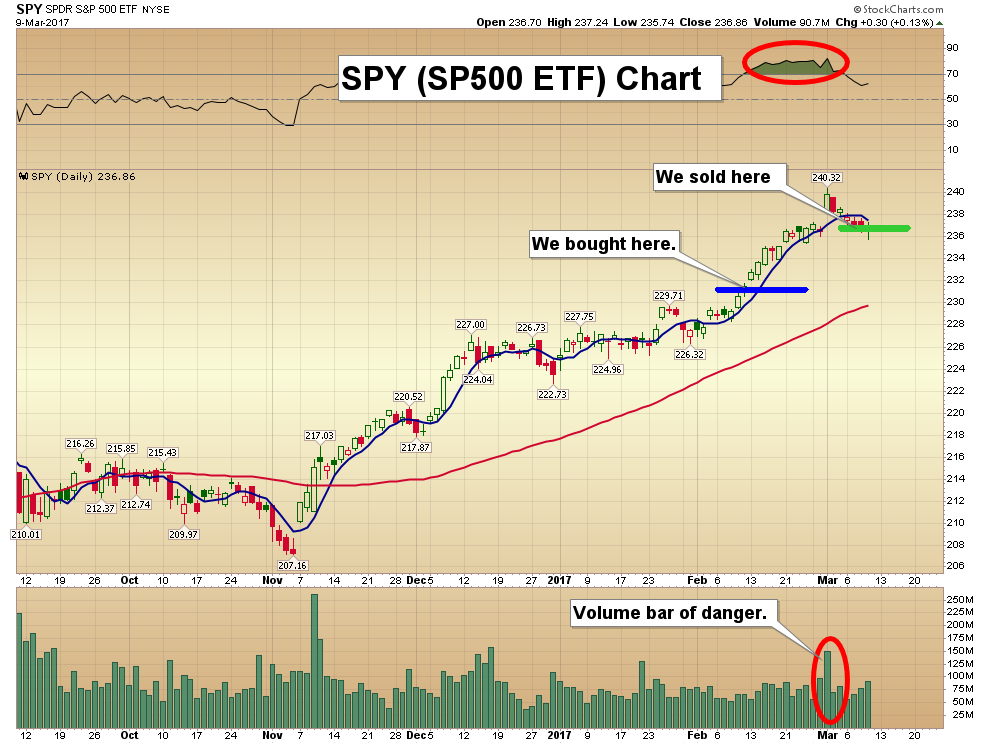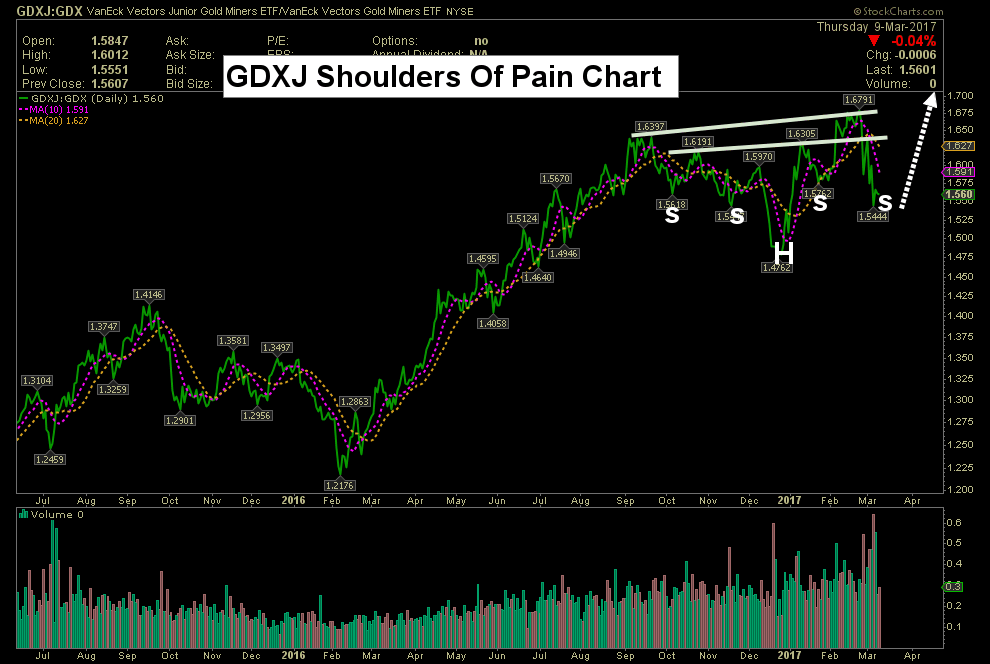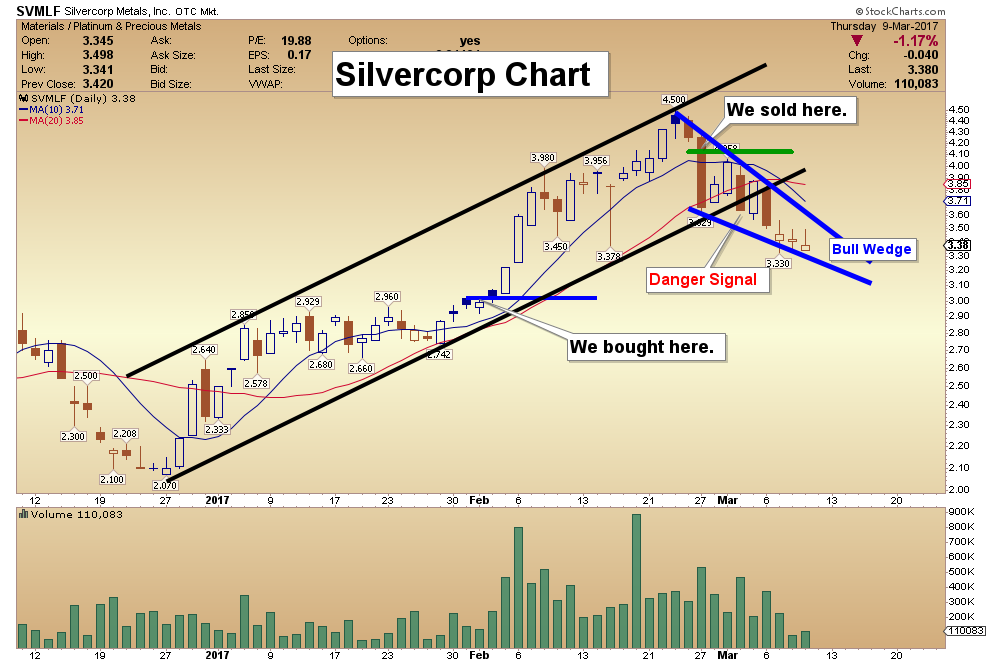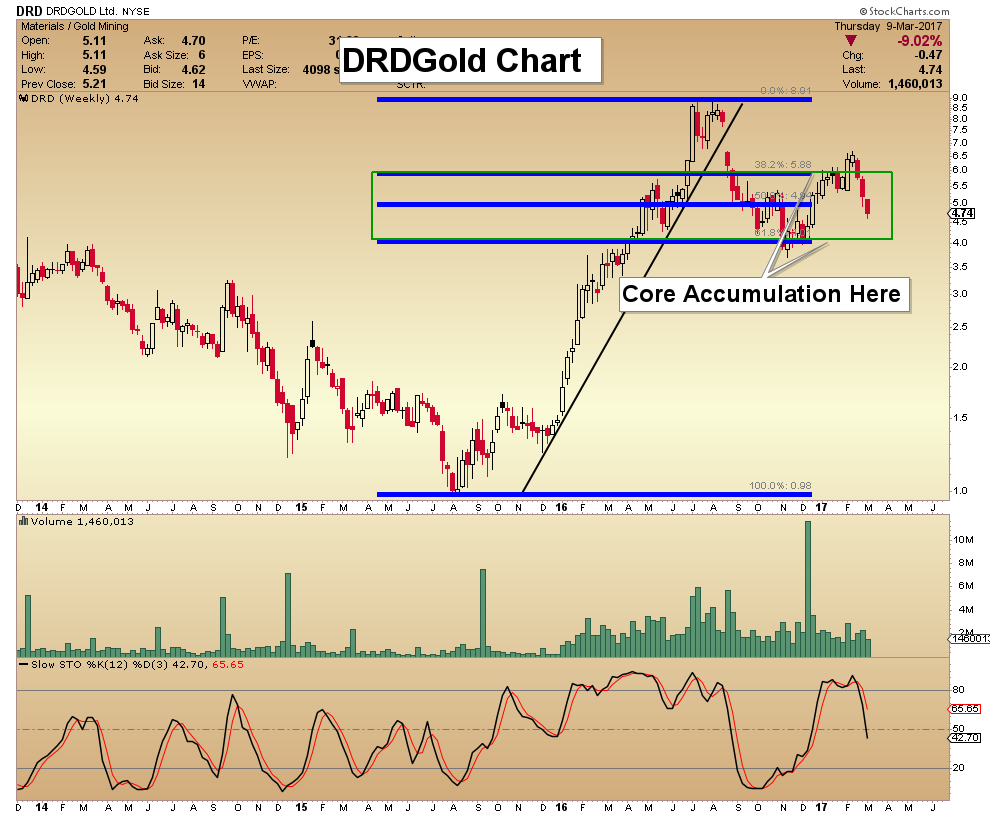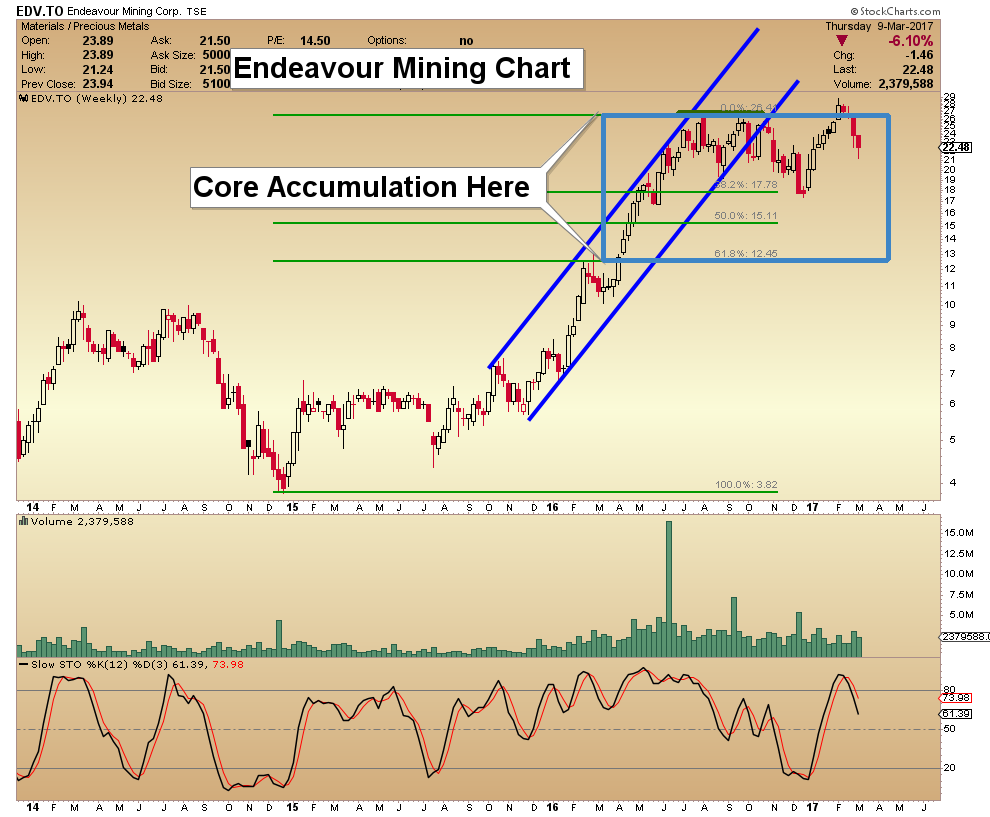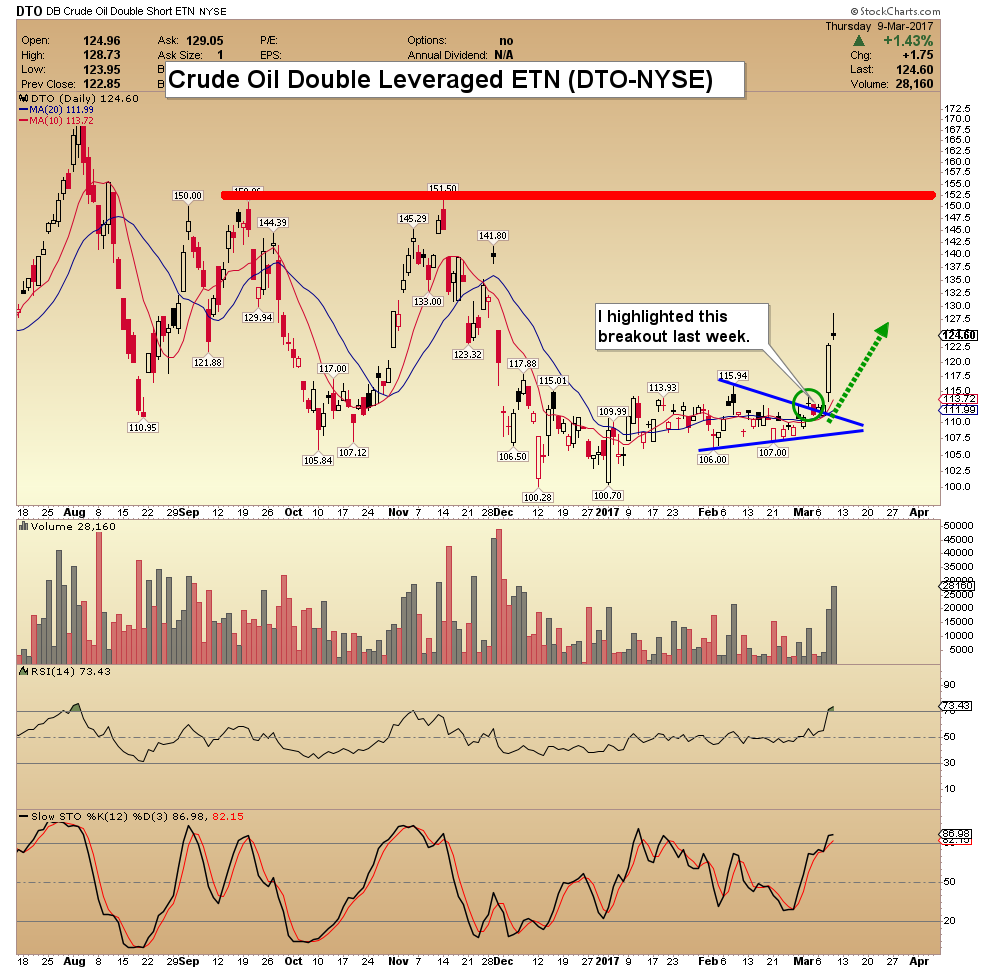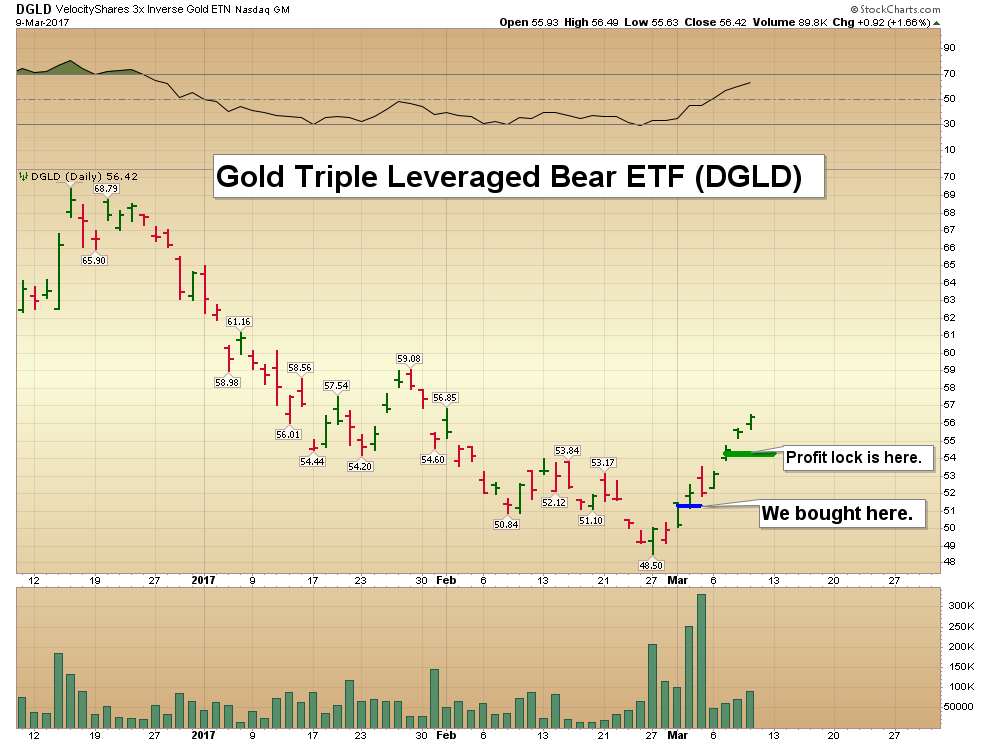Gold & Precious Metals

 By age 30: Have the equivalent of your annual salary saved. If you earn $50,000 a year, aim to have $50,000 in savings when you hit 30.
By age 30: Have the equivalent of your annual salary saved. If you earn $50,000 a year, aim to have $50,000 in savings when you hit 30.
By age 35: Have twice your annual salary saved.
By age 40: Have three times your annual salary saved.
By age 45: Have four times your annual salary saved.
By age 50: Have five times your annual salary saved.
By age 55: Have six times your annual salary saved.
By age 60: Have seven times your annual salary saved.
By age 65: Have eight times your annual salary saved.


 A report earlier this week revealed that Illinois isn’t paying the $9.1 billion annual interest payment on its pension debt.
A report earlier this week revealed that Illinois isn’t paying the $9.1 billion annual interest payment on its pension debt.
You read that right: They’re not going to pay.
And it’s no wonder: As it stands, the Illinois state pension fund is underfunded by $130 billion. And likely to worsen if fund managers fall short of the 7% annual return that’s already baked into the cake.
Larry’s told you about the pension crisis in the past. And I knew it was bad in Illinois.
But not this bad.
Well then again, they haven’t had an annual budget for 19 months and they have accumulated $11 billion in unpaid bills.
What’s worse is that Illinois has the highest property taxes in the nation and the worst credit rating. As a result, residents are leaving at an alarming rate. And that’s crushing the tax base and pushing it toward decade lows.
Result: The debt spiral will get worse.
What are state legislators going to do?
The latest sign of desperation comes as lawmakers consider monkeying with the state constitution to allow for “restructuring.” But that looks like a stopgap measure at best, no ifs, ands, or buts about it.
And it’s not just Illinois facing crippling pension liabilities: It’s also happening in California and New York.
The latest bad new comes from California Public Employees’ Retirement System – CalPERS – which has the arduous task of balancing financial obligations with reduced benefits.
CalPERS has $311 billion in assets and a funding ratio of 68%. Worse yet is the estimated 0.6% annual return in 2016 that missed the 7% target by a country mile.
Moving to the East Coast and the latest casualty: The New York Teamsters Road Carriers Local 707 Pension Fund ran out of money.
Result: A drastic reduction in benefits for its members.
Consider …
One member who paid into the fund for 30 years began retirement with a $3,500 check. After the fund blew up, that monthly stipend plunged to $1,170.
No doubt about it, this is bad.
Also, on the precipice is the Central States Pension Fund, with an estimated 400,000 members across the U.S.
And the pension debacle across the United States will bring more benefit reductions and higher taxes when state and municipal plans go down.
In fact, some estimates indicate that 200 plans are on the fast track to insolvency, representing a mind-boggling 1.5 million to 2 million people.
Larry’s wave model shows that the pension crisis will accelerate this year and threaten your life’s hard work and wealth in its wake.
Best wishes,
Mike

Today’s videos and charts (double click to enlarge):
SFS Key Charts & Tactics Video Analysis
SF60 Key Charts & Tactics Video Analysis
SF Juniors (Trading) Key Charts & Analysis
SF Juniors (Super Core) Key Charts & Analysis
SF Trader Time Key Charts Video Analysis
Morris
| Friday, Mar 10, 2017 Super Force Signals special offer for Money Talks Readers: Send an email to trading@superforcesignals.com and I’ll send you 3 of my next Super Force Surge Signals free of charge, as I send them to paid subscribers. |
The SuperForce Proprietary SURGE index SIGNALS:
25 Surge Index Buy or 25 Surge Index Sell: Solid Power.
50 Surge Index Buy or 50 Surge Index Sell: Stronger Power.
75 Surge Index Buy or 75 Surge Index Sell: Maximum Power.
100 Surge Index Buy or 100 Surge Index Sell: “Over The Top” Power.
Stay alert for our surge signals, sent by email to subscribers, for both the daily charts on Super Force Signals at www.superforcesignals.com and for the 60 minute charts at www.superforce60.com
About Super Force Signals:
Our Surge Index Signals are created thru our proprietary blend of the highest quality technical analysis and many years of successful business building. We are two business owners with excellent synergy. We understand risk and reward. Our subscribers are generally successfully business owners, people like yourself with speculative funds, looking for serious management of your risk and reward in the market.
Frank Johnson: Executive Editor, Macro Risk Manager.
Morris Hubbartt: Chief Market Analyst, Trading Risk Specialist.
website: www.superforcesignals.com
email: trading@superforcesignals.com
email: trading@superforce60.com
SFS Web Services
1170 Bay Street, Suite #143
Toronto, Ontario, M5S 2B4
Canada


